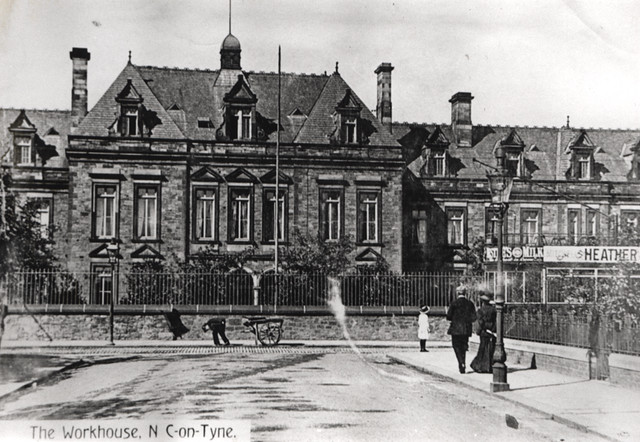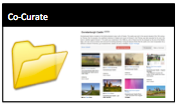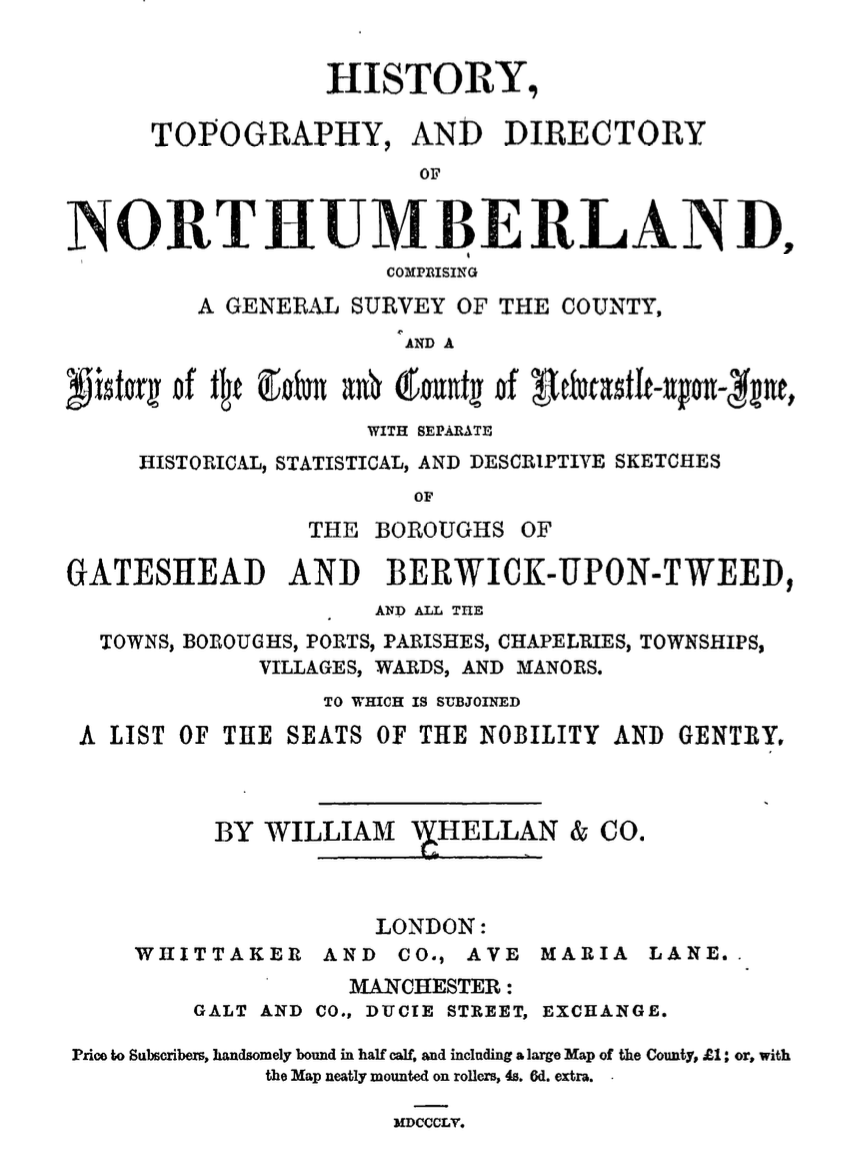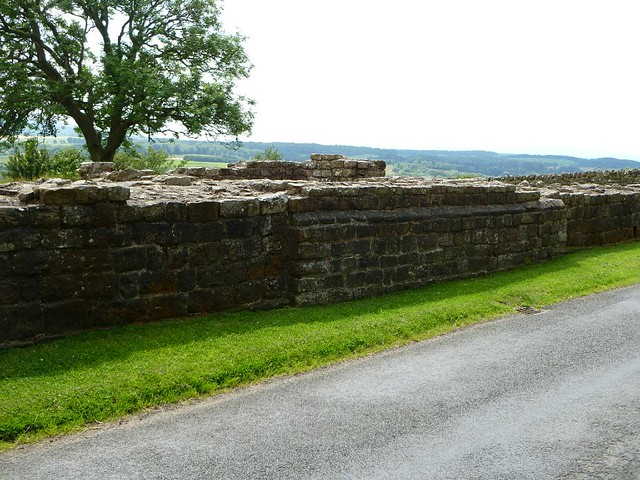Topics > Industry and Work > Workhouses > Poor Law Unions > Haltwhistle Poor Law Union
Haltwhistle Poor Law Union
Poor Law Unions were set-up across the country, following the 1834 Poor Law Amendment Act (the 'New Poor Law'). Haltwhistle Poor Law Union in Northumberland was formally created in October 1836, and was overseen by an elected Board of Guardians, representing it's 17 constituent parishes and townships. Prior to that an earlier workhouses existed in Bellister, Blenkinsopp, Coanwood, Featherstone, Plainmellor, Thirwall & Wall. The new Haltwhistle Union Workhouse was built in 1839 on Greenholme Road in Haltwhistle.
THE HALTWHISTLE POOR LAW UNION comprehends seventeen parishes and townships, including an area of 83,661 statute acres, and a population, in 1851, of 7,286 souls. The parishes and townships are Bellister, Blenkinsopp, Coanwood, Featherstone, Haltwhistle, Hartleyburn, Henshaw, Kirkhaugh, Knaresdale, Lambley, Melkridge, Plainmellor, Ridley, Thirlwall, Thorngrafton, Wall-Town, and Whitfield.
THE UNION WORKHOUSE is a plain stone edifice, erected in 1840, and is capable of accommodating about sixty persons. The number of inmates at present (1854) is twenty-six. Edward Dowley, master; Ann Dowley, matron; Robert Elliott, surgeon; Robert Pickering, clerk ; and George Pickering, relieving officer.
Extract from: History, Topography, and Directory of Northumberland...Whellan, William, & Co, 1855.
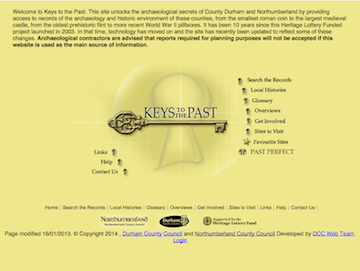
from https://keystothepast.info/se…
Haltwhistle Union Workhouse
- ....Haltwhistle Poor Law Union was founded in October 1836 and represented 17 parishes and townships. The workouse was built in 1837-9 on Greenholme Road and had a T-shaped layout. It …
Added by
Simon Cotterill


from https://keystothepast.info/se…
Haltwhistle Union Workhouse
- ....Haltwhistle Poor Law Union was founded in October 1836 and represented 17 parishes and townships. The workouse was built in 1837-9 on Greenholme Road and had a T-shaped layout. It …
Added by
Simon Cotterill


